| Midyear Outlook |
| Commentary by Wayne Forrest |
| Indonesia must be experiencing whiplash after receiving President Trump’s tariff notification letter last week. Beginning August 1, the 32% tariff announced in April will take effect barring any further efforts on Indonesia’s part, according to the letter, to invest more in the US or eliminate trade barriers for US exports. However, Indonesia has offered all of these items since April and just this week it signed MOU’s at its embassy to buy $34 billion of US energy and agricultural products. Furthermore, Coordinating Economics Minister Airlangga Hartarto was scheduled to arrive in Washington last Wednesday for trade talks, a visit announced before the letter was released. The sequence seems off, why did the letter go out while Indonesia was making market opening pledges? Although nothing negative has been expressed publicly, I wouldn’t be surprised if Indonesian officials are feeling disrespected. Let’s hope Airlangga can soften the tariff blow. Whatever the answers, the next few weeks will be consequential for economic relations between two nations that have so much in common. Meanwhile, at midyear Indonesia’s outlook is mixed. Highlights:
Economy Earlier in the year the consensus among economists was Indonesia’s 2025 growth rate would dip below its traditional 5% rate. In June the World Bank forecast 4.7% growth, confirming these earlier predictions. Job losses have been building in manufacturing (which is slowing), especially in the footwear and garment sector, a trend that will be hard to turn around if and when US tariffs kick in. Even if Indonesia is given the 20% rate its neighbor Vietnam was offered, it will smart. GOI has tracked the all-important consumption indicators carefully, doing what it can to inject stimulus. Results have been mixed. Geopolitics Since April Indonesia has taken steps to insulate itself from the negative effects of higher US tariffs. It is currently examining its possible benefit as a new BRICS member, where it supports efforts to move away from the US dollar. The Trump administration may look askance at this development especially when President Prabowo did not join the recent G7 meeting in Canada, traveling to Russia to meet President Putin instead. Trump has said he may impose an additional 10% tariff on BRICS nations. Indonesia recently concluded a comprehensive economic partnership agreement with the EU. Closer to home it has endorsed Malaysian Prime Minister Anwar Ibrahim’s call for more intra-ASEAN trade and investment. Meanwhile, Indonesia remains opposed to Israel’s war in Gaza, echoing the sympathies of the Indonesian people, which are now tilting away from the US. A recent survey showed that when asked to choose between the US and China, over 70% of respondents chose China. Prabowo has nominated the US-educated geologist Indroyono Soesilo as the new ambassador to the US. If approved by Parliament, he may bring with him the priority to negotiate a critical minerals deal. The President is actively seeking a bilateral meeting with President Trump, hopefully this month, and it appears possible he will attend UN General Assembly in September. Domestic Affairs The next two weeks will be very important for Indonesia’s economy, tied as it is to the level of tariff negotiated with the US but also how other countries are affected. There is a limit to Indonesia’s resilience. |
American Indonesian Chamber of Commerce
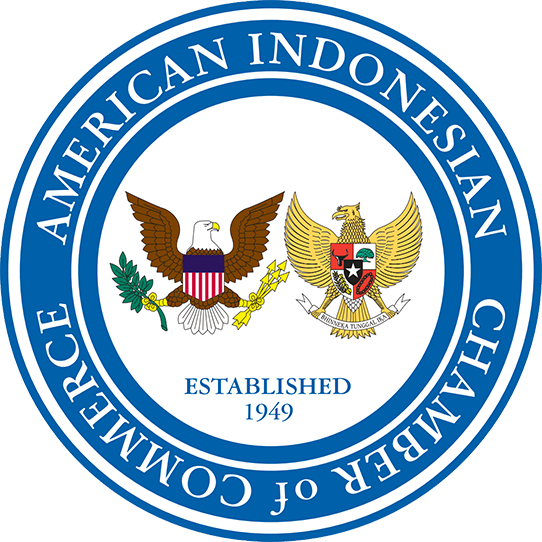
- HOME
- ABOUT AICC
- The History of AICC
- Major Initiatives
- Trade, Tourism, and Investment Program (TTI)
- Opportunity Indonesia
- Introducing Indonesia: Scholastic Ambassador Program
- Preventing A Lost Generation
- Comprehensive Indonesian-English Dictionary
- Sustain Sumatra
- 10 Year’s After: A nationwide public awareness program
- Support to Mandiri Craft
- Congressional Staff Visit
- Business and Cultural Programs in Dallas, Texas
- US-Indonesia Women’s CEO Summit
- Topeng Sehat: AICC Initiative Against COVID-19
- 2021 Shipping NYC Surplus PPE To Indonesia
- Board of Directors
- Membership Benefits
- FAQ
- Membership Registration and Forms
- EVENTS
- LINKS
- TRADE LEADS
- LATEST NEWS/COMMENTARY
- DOING BUSINESSS
- COUNTRY DATA
- BLOG POSTS
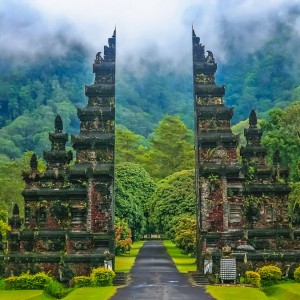
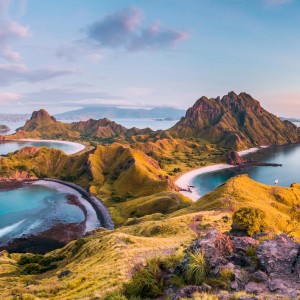
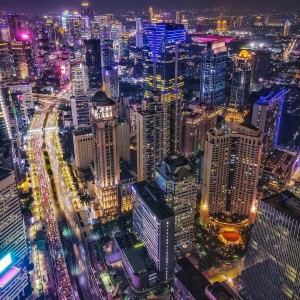
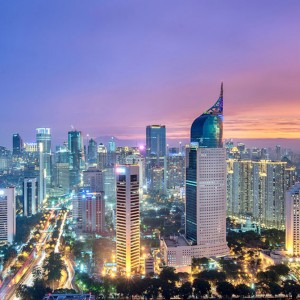
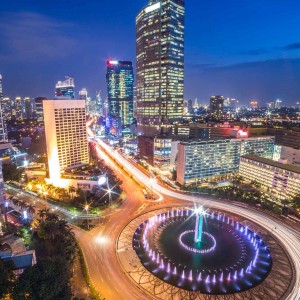
AMERICAN INDONESIAN CHAMBER OF COMMERCE




